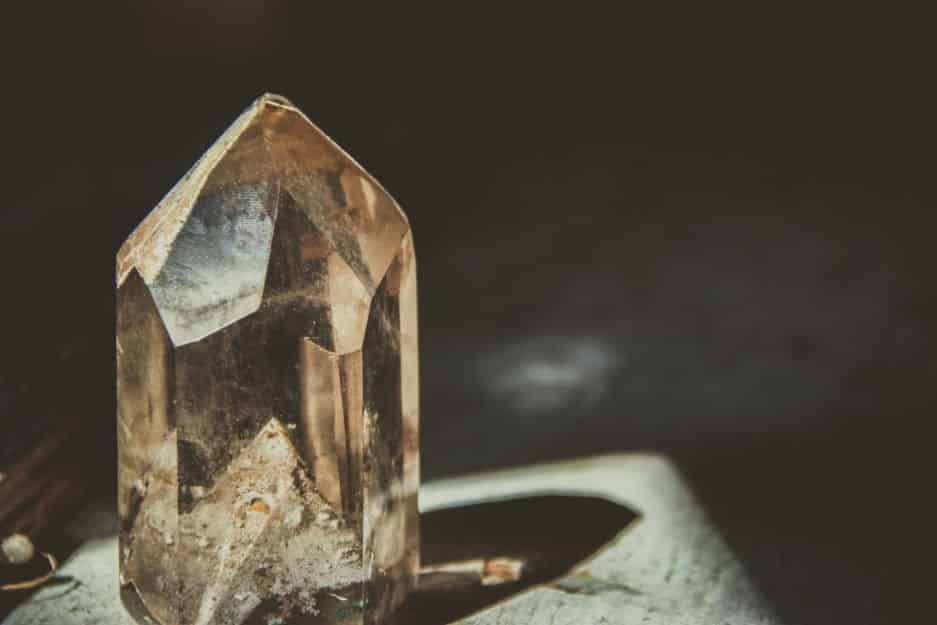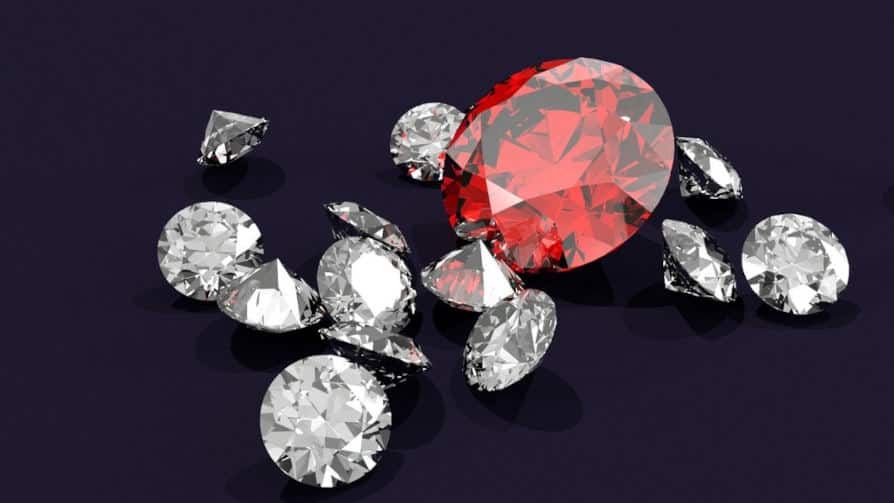Natural Gemstones and Natural Diamonds
Natural gemstones are gemstones created by nature. They are obtained by mining and are transformed to jewelry pieces by cutting and sometimes polishing. They are mostly hard and they come in different beautiful colors. Some natural gemstones are not perfect; they contain not-particularly-wanted materials which are known as inclusions. Also, some natural gemstones are not appealing to the eyes. To make these unappealing gemstones acceptable, jewelers often ‘enhance’ them by treating them in order to improve their look.
Gemstones are highly valuable belongings, although not all of them are valuable, some are of poor quality. At times, fractured natural gemstones are filled to improve the general appearance, for instance, a fractured ruby may be filled with lead glass to improve its appearance.
Diamonds are gemstones occurring naturally at about 100 miles beneath the earth surface. They are the hardest mineral substance on earth. They are so hard that only a diamond piece can only be used to scratch another diamond. Natural diamonds are made up carbon, but in some cases, trace elements can be found and these trace elements influence the color and shape of the diamond crystal.
Synthetic Gemstones and Synthetic Diamonds
Synthetic gemstones are real gemstones; they are in every wise similar to natural stones, although created in the laboratory. All their properties including their hardness, density, refractive index, strength and birefringence are similar to those of the natural one. Synthetic gemstones are often flawless, except in some cased where they are intentionally flawed to create a sense of the presence of ‘naturally-occurring’ impurities.
Synthetic gemstones are not the same as gemstone imitations. Gemstone imitations are known as “simulants”. They imitate the look and color of the real gems but are not particularly similar as they have differences which can be easily spotted by anyone who has placed a careful look at the real one. For instance, cubic zirconia which is made up of zirconium oxide is an imitation of diamond. It is not as hard as the real (natural or synthetic) diamond.
Synthetic diamonds are made commercially either by High Pressure High Temperature (HDHT) method or by Chemical Vapor deposition (CVD) method.
Like natural diamonds, synthetic diamonds are available in various colors and the colors are initiated via addition of the trace element responsible for the color in their natural counterparts.
Basically the only difference between synthetic gemstones (especially diamonds) and the natural ones is that the natural one is ‘natural’ while the synthetic is man-made- that is not a difference per se. Synthetic diamonds and natural diamonds look alike and possess the same properties (like hardness- they both have a hardness of 10 on a Mohs scale), it is almost impossible to differentiate between them, even a professional gemologist would need special equipment to tell difference between the two. One way to tell the difference between a natural gemstone and a synthetic one is through the certification got upon purchase.
Why you should get a synthetic gemstone over a natural one
In spite of all the similarities between natural and synthetic gemstones, some people still prefer the natural ones for reasons which are mostly based on feelings, some of these reasons include:
- They feel natural gemstones are more unique than synthetic gemstones. Some even feel their imperfections are what make them unique.
- People feel using natural gemstones will show the world how wealthy they are.
- People feel natural gemstones are source of good luck.
Human psychology is the main reason for these flimsy feelings, if you want to face reality over insubstantial feeling then you should go for artificial gemstones.
Why you should get a synthetic gemstone over a natural one
Synthetic gemstones should be picked over natural gemstones for many logical reasons. If you are thinking of getting diamonds or any gemstone for that matter you should consider the following:
- Price difference: natural gemstones are far more expensive than the synthetic ones. Purchasing a natural diamond over the synthetic equivalent is more like paying more for the same value.
- Environmental sustainability: diamonds are extracted from deep down the earth’s crust through a process known as mining. Mining processes are not so eco-friendly and tend not to encourage environmental sustainability.
- Flaw: synthetic gemstones are generally flawless while their natural counterparts contain natural inclusion which may flaw the piece.

Comparing Popular Natural Gemstones with Their Synthetic Counterparts
DIAMOND: Like other synthetic gemstones, synthesized diamonds are identical to natural diamonds in all respect; they are identical in physical properties (like hardness, transparency, electrical resistivity, and thermal conductivity), optical properties and chemical properties. The differences between natural diamonds and synthetic diamonds are:
- Synthetic diamonds are cheaper than the naturally diamonds although essentially similar.
- They are more eco-friendly as mining activities to obtain natural ones may degrade the earth due to the fact that the earth is dug many kilometers down.
- Synthetic diamonds are flawless compared than the natural ones.
EMERALD: An emerald is a gemstone composed of Beryllium and aluminum silicate- it is a type of mineral beryl. It is commonly found in rocks. The green emerald is the most common emerald formed- the green color is due to the presence of chromium impurity.
Synthetic emerald is one of the most expensive synthetic gemstone, this is because the equipment required to make it is very expensive and also because the process is slow and yield low. Synthetic emeralds are still cheaper than the natural emeralds despite having more perfect colors than the natural ones; they are clearer too.
RUBY: Ruby is the second hardest mineral after diamond. It is type of mineral corundum; it is aluminum dioxide that is pink to dark red in color. Ruby is composed of small amounts of the rare element, chromium. This chromium affects the color of the ruby. Rubies containing more chromium would be darker than those containing less.
Synthetic rubies are made through a process known as “flame fusion”. In this process, purified powdered constituents of ruby are used in making synthetic rubies. Another method involves creating the ruby using crystallization-this process may take up to a year. Rubies obtained through these methods are generally cheaper than the natural ones although natural looking. Synthetic rubies are far more beautiful than the natural ones due to the absence of impurities sometimes found in natural rubies.
SAPPHIRE: Sapphire is also a form of aluminum oxide, and a type of mineral corundum, it is similar to ruby except that it is comes in so many colors especially blue while ruby is red or pink. It is one of the most easily synthesized gemstone.
Synthetic sapphires are made from corundum and are of higher quality than natural ones due to their flawlessness. They are sold at a lesser price.
CONCLUSION
The future is technology; the future is synthetic. Technology is improving and so is the manufacture of synthetic gemstones. We are getting to a place of technological advancement where ‘natural’, as relating to gemstones, would no longer be cool. Would you be prepared for that time or you’d rather spend fortune on a piece that would soon become passé?

